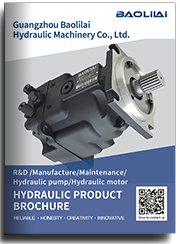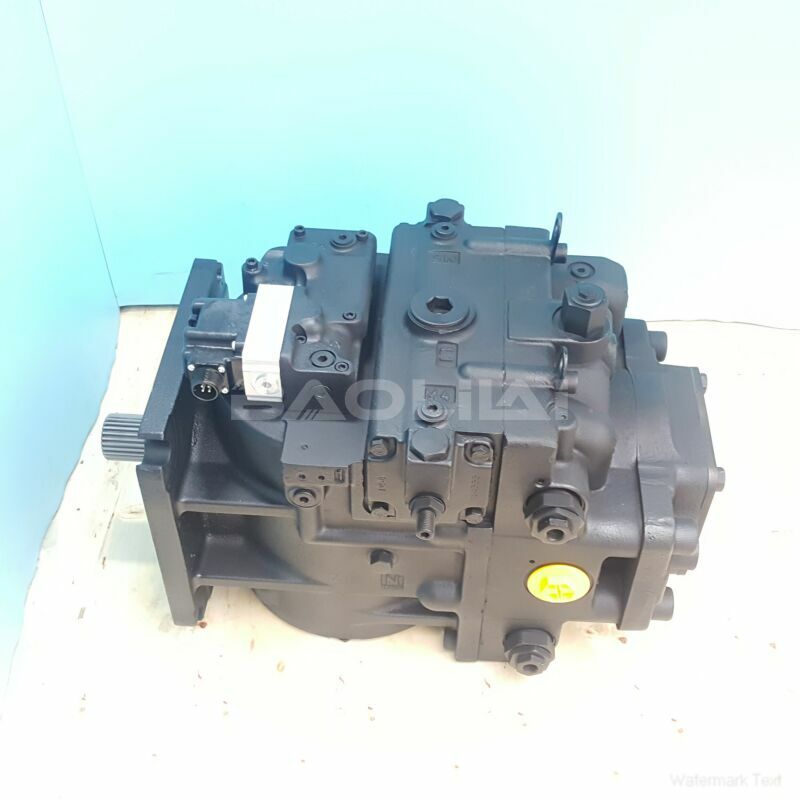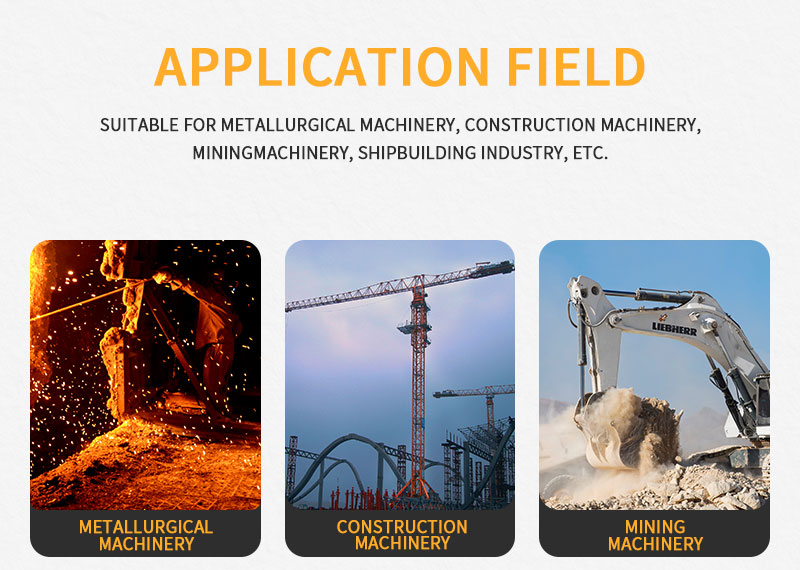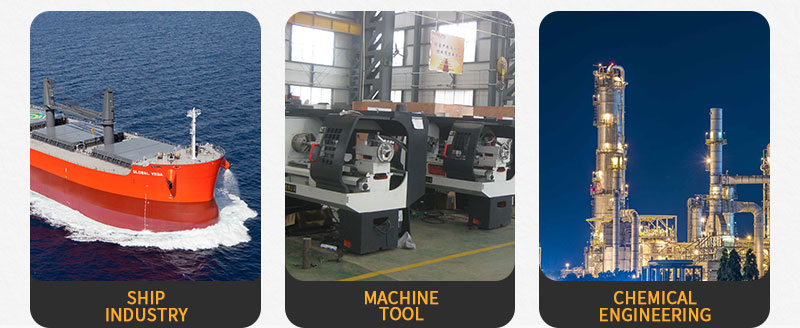90R180HF5AB80TMC8J03FAC353524 hydraulic pump
90R180HF5AB80TMC8J03FAC353524 hydraulic pump

- Product Details
- Applicable Scene
Subsea pipelines are critical components in the transportation of oil and gas from offshore production facilities to onshore processing plants. Given the harsh underwater environment and the continuous demand for reliable energy supply, maintaining the integrity and functionality of these pipelines is paramount. Plunger pumps play an essential role in this maintenance process, helping to ensure that subsea pipelines operate efficiently and safely.
90R180-HF-5-AB-80-T-M-C8-J-03-FAC-35-35-24
90R180HF5AB80TMC8J03FAC353524
Plunger pumps, known for their high efficiency and ability to handle high pressures, are frequently used in various industrial applications, including the subsea oil and gas sector. These pumps utilize a reciprocating plunger to move fluids, making them particularly suitable for transporting viscous fluids, which are often encountered in subsea operations. They can also effectively handle slurries, which can include sediments that may accumulate inside pipelines over time.

83003674
One of the foremost applications of plunger pumps in subsea pipeline maintenance is in the delivery of chemicals for pipeline cleaning and corrosion management. These chemicals are crucial for preventing biofouling, scaling, and corrosion, which can significantly degrade pipeline integrity. By injecting biocides, scale inhibitors, and other chemical agents into the pipeline, plunger pumps help maintain flow assurance, thereby reducing the risk of blockages and leaks.
Another significant role of plunger pumps is in the management of pressure and flow within the pipeline system. Subsea pipelines operate under unique pressure conditions, and maintaining optimal pressure levels is vital for preventing the formation of hydrates and ensuring smooth fluid transport. Plunger pumps can adjust flow rates and pressures dynamically, providing operators with the flexibility needed to respond to changing conditions in real time. This adaptability is essential in mitigating risks associated with pressure fluctuations that could potentially lead to pipeline failures.





